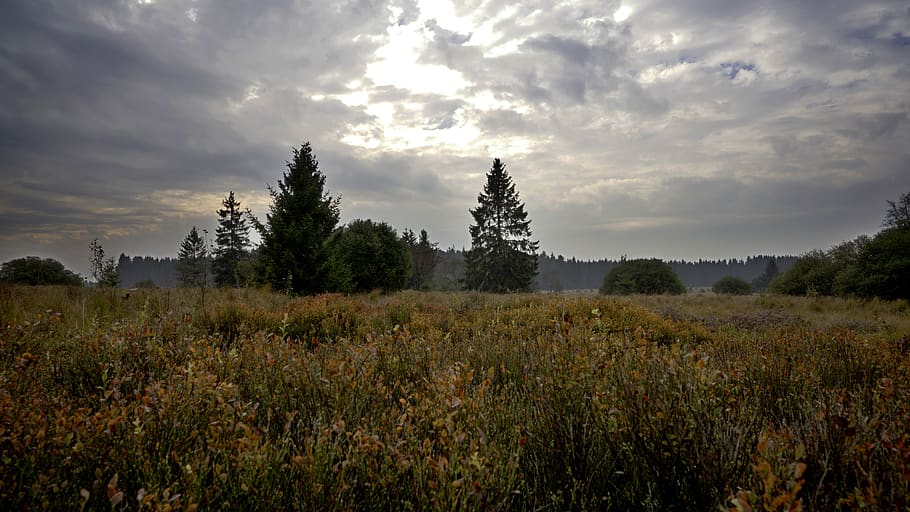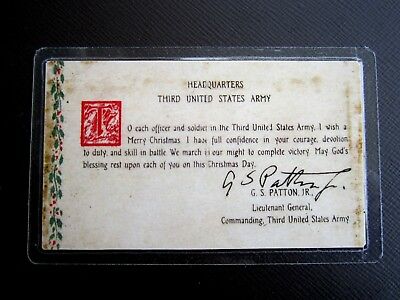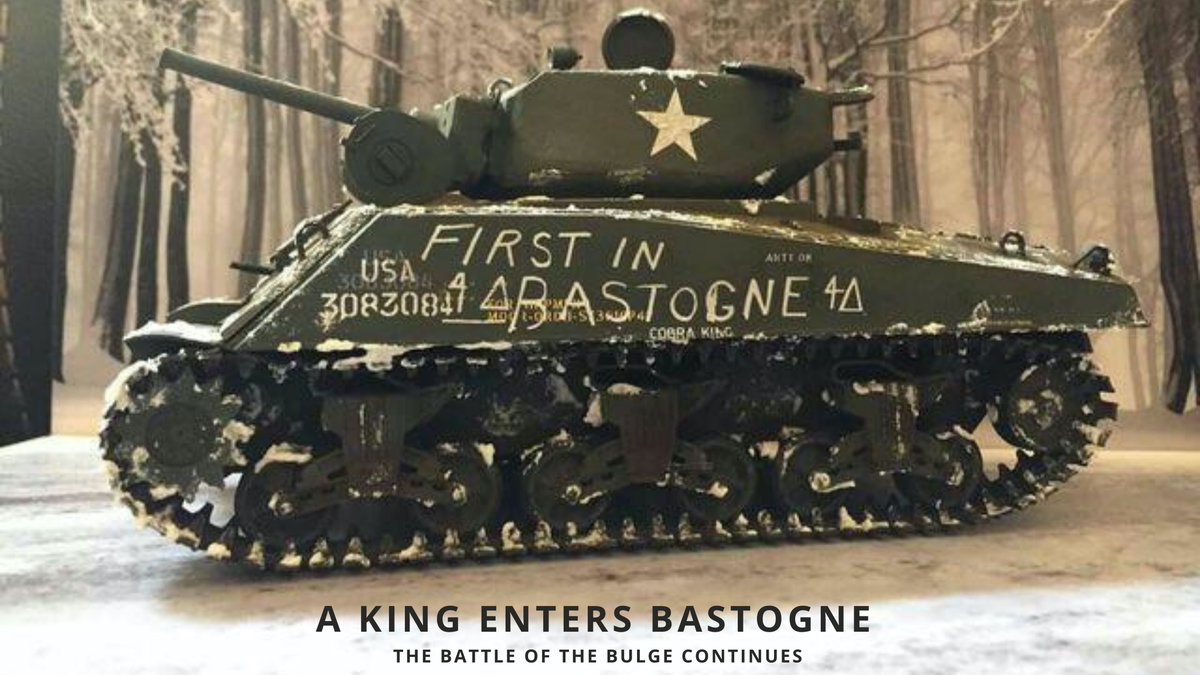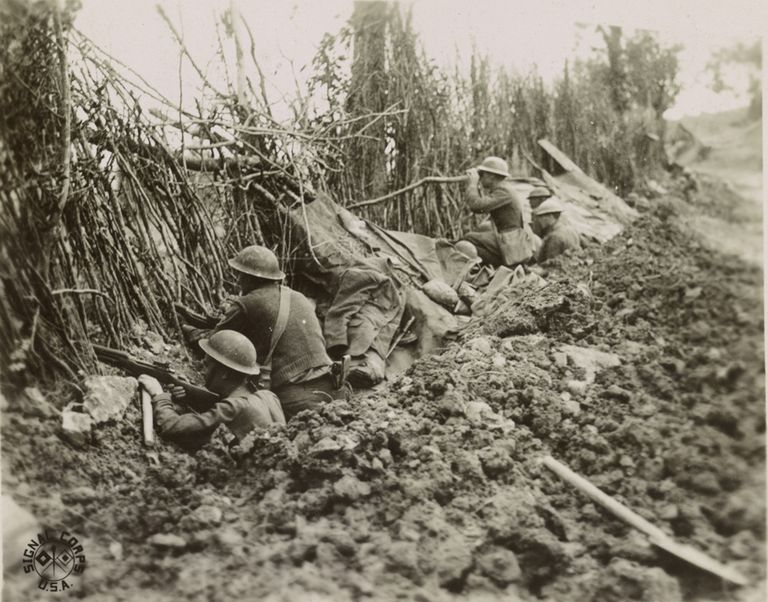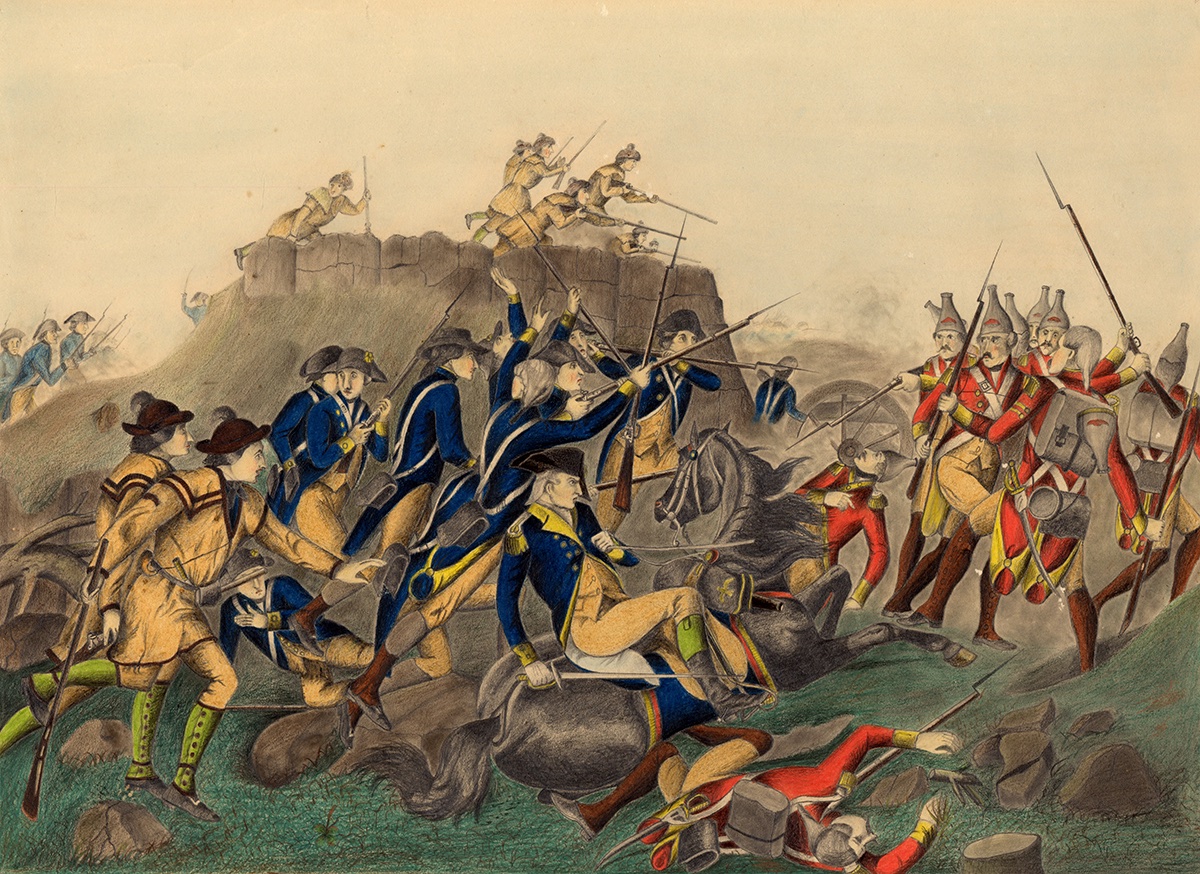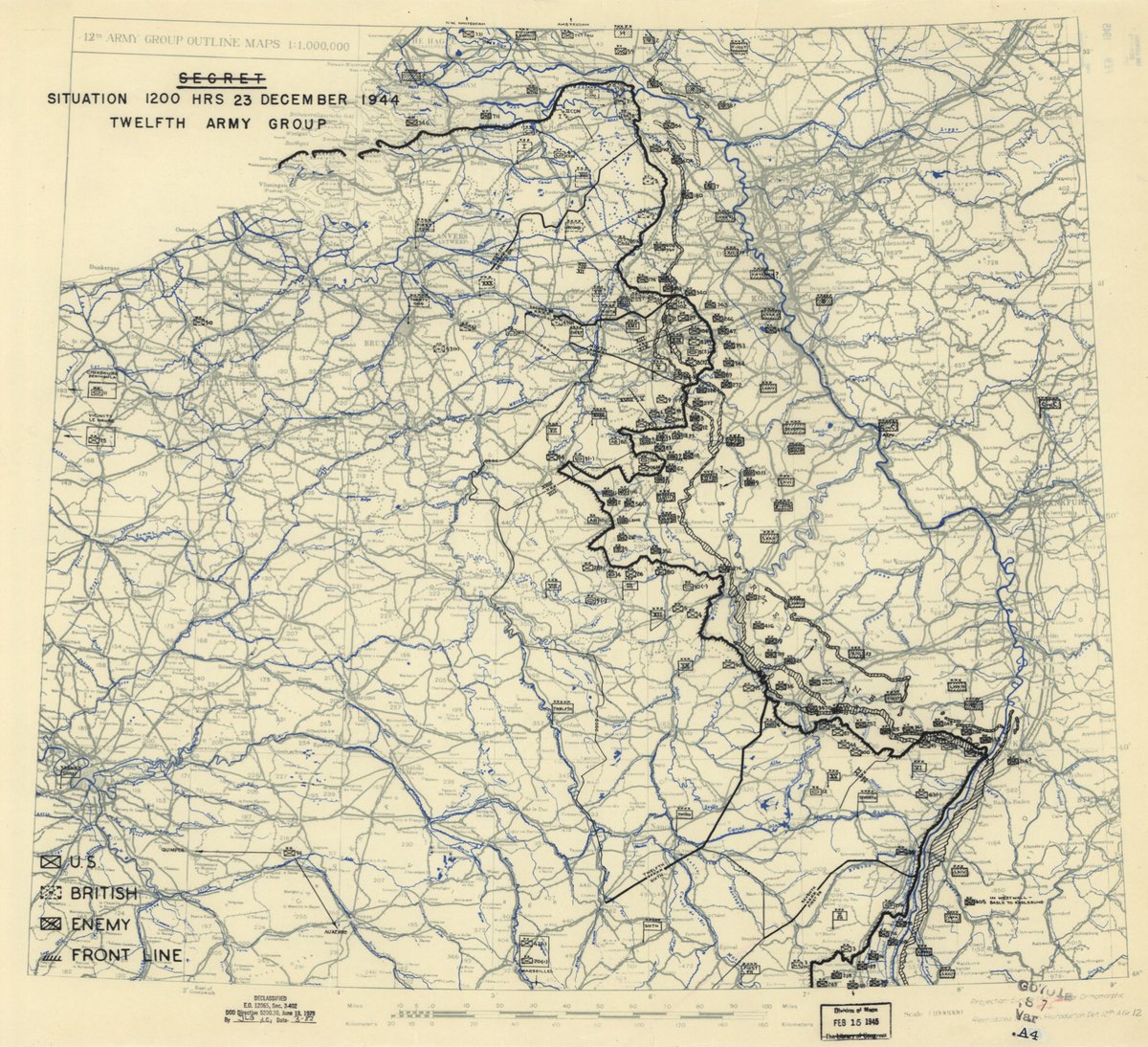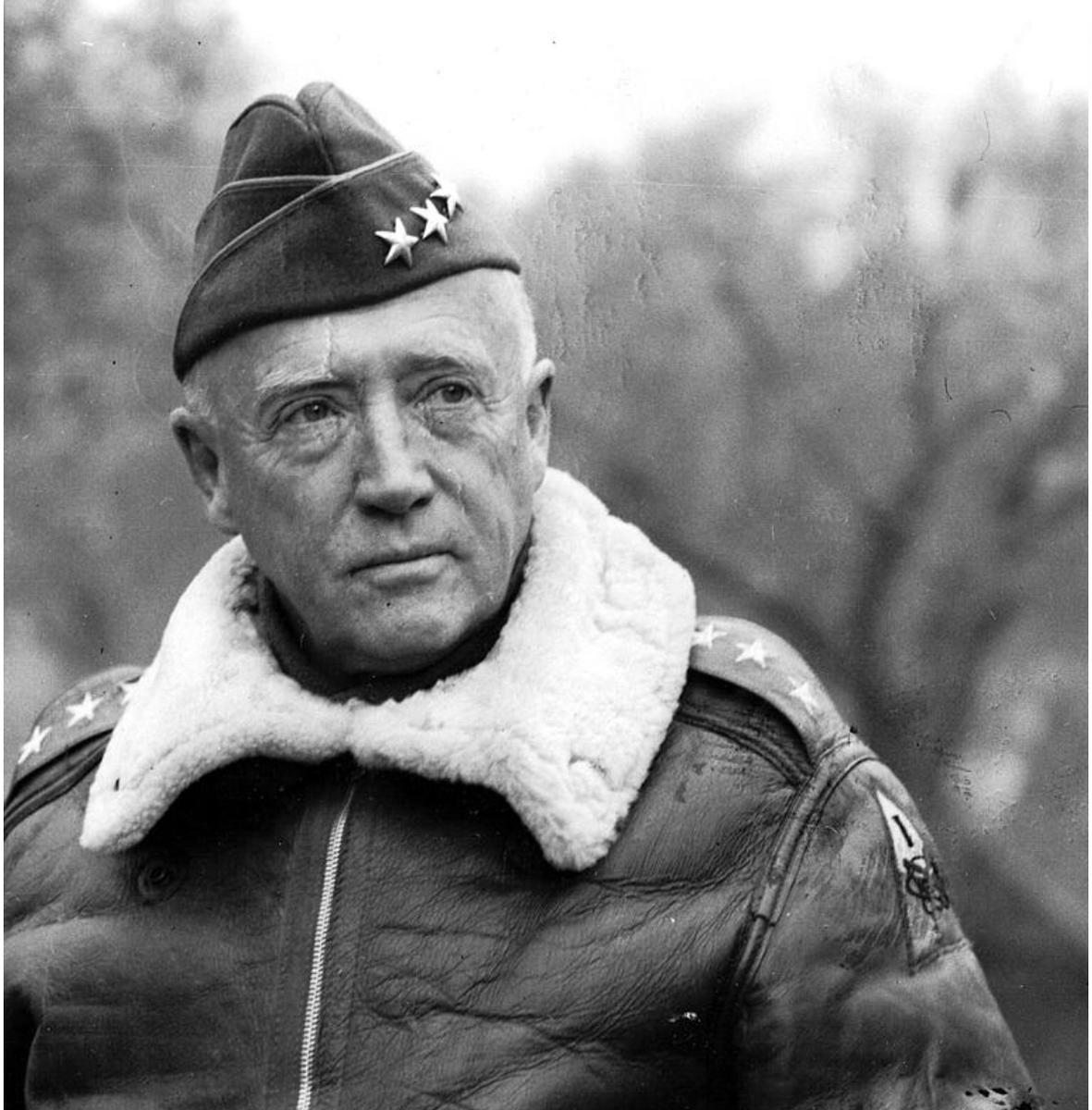
[1 of 20]
Christmas Day, 1944, Battle of the Bulge Day 9
Many American Soldiers (and probably many on the other side) hoped for a repeat of the WWI Christmas truce. No such luck.
Christmas Day, 1944, Battle of the Bulge Day 9
Many American Soldiers (and probably many on the other side) hoped for a repeat of the WWI Christmas truce. No such luck.

[2 of 20]
Leaders are neither side were interested in losing momentum.
Remember, at this time, our boys held a tenuous thin line against the best combined armed force the German army could muster. We weren’t going to entertain the idea of a truce.
The fight continued.
Leaders are neither side were interested in losing momentum.
Remember, at this time, our boys held a tenuous thin line against the best combined armed force the German army could muster. We weren’t going to entertain the idea of a truce.
The fight continued.

[3 of 20]
The weather cleared enough to allow Allied bombers to fully enter the fight [all sectors] for the first time since the German counteroffensive began on December 16th.
While skies lightened, it actually grew colder on the ground. It was absolutely freezing.
The weather cleared enough to allow Allied bombers to fully enter the fight [all sectors] for the first time since the German counteroffensive began on December 16th.
While skies lightened, it actually grew colder on the ground. It was absolutely freezing.

[4 of 20]
The cold was a character unto itself in this tragedy: angry, sharp, surgical. You could rely on its consistency. You could not escape its fury.
The cold was a character unto itself in this tragedy: angry, sharp, surgical. You could rely on its consistency. You could not escape its fury.

[5 of 20]
Due to the lack of manpower, men were scattered in foxholes across a much broader front than normal tactics dictated. In such situations, necessity breeds violation. Combat is the ultimate test of doctrine; wise commanders adjust doctrine to meet tactical necessity.
Due to the lack of manpower, men were scattered in foxholes across a much broader front than normal tactics dictated. In such situations, necessity breeds violation. Combat is the ultimate test of doctrine; wise commanders adjust doctrine to meet tactical necessity.

[6 of 20]
The frequent forays of probing German units served as momentary periods of warmth as adrenalin fired the near-frozen skin and viscera of the combatants. Once quiet resumed, the necessary acts to retain or gain warmth took precedent. Open fires were out of the question.
The frequent forays of probing German units served as momentary periods of warmth as adrenalin fired the near-frozen skin and viscera of the combatants. Once quiet resumed, the necessary acts to retain or gain warmth took precedent. Open fires were out of the question.

[8 of 20]
Early morning: General Gavin, commander of the 82nd Airborne begins his normal day—visiting the units, talking to the boys, and encouraging them where they needed the most support.
Early morning: General Gavin, commander of the 82nd Airborne begins his normal day—visiting the units, talking to the boys, and encouraging them where they needed the most support.

[9 of 20]
Gavin was always mindful of the mental condition and emotional needs of his troops. If he could not supply warmth, he could supply spirit. Most often, that was all his troops needed to carry the day.
Gavin was always mindful of the mental condition and emotional needs of his troops. If he could not supply warmth, he could supply spirit. Most often, that was all his troops needed to carry the day.

[10 of 20]
By contrast, Maxwell Taylor, 101st Commander, didn’t particularly care about his troops’ morale. To Taylor, the troops were simply there to enact his strategy.
By contrast, Maxwell Taylor, 101st Commander, didn’t particularly care about his troops’ morale. To Taylor, the troops were simply there to enact his strategy.

[11 of 20]
Gavin would arrive at a foxhole and immediately put the troops at ease: “Hey fellas, Merry Christmas.”
He carried boxes of chicken from one foxhole to the next, engaging in light conversation with the troops while they gnawed on the meat.
Gavin would arrive at a foxhole and immediately put the troops at ease: “Hey fellas, Merry Christmas.”
He carried boxes of chicken from one foxhole to the next, engaging in light conversation with the troops while they gnawed on the meat.
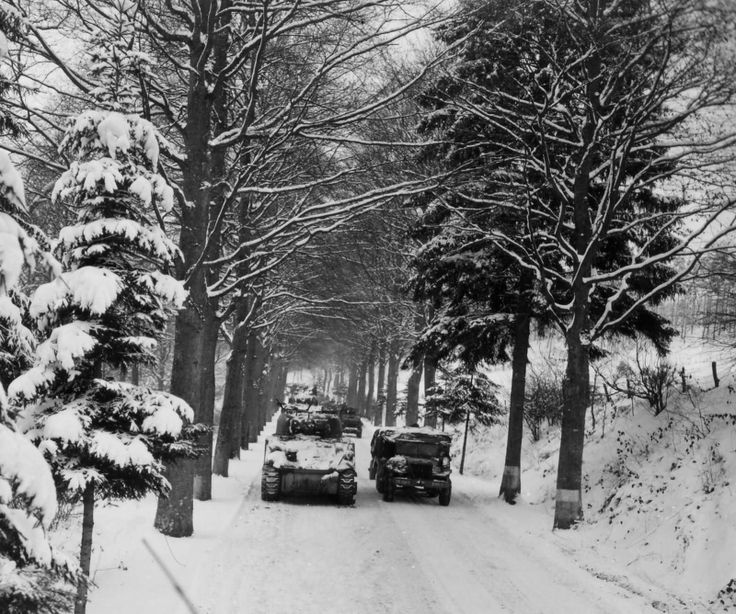
[12 of 20]
“Where you from, Private Olsen?” “What are you going to do when we get back, Smith?” “OK if I send Mom and Dad a letter and tell them how you’re doing?”
“Where you from, Private Olsen?” “What are you going to do when we get back, Smith?” “OK if I send Mom and Dad a letter and tell them how you’re doing?”

[14 of 20]
We’ve spoken with many 82nd Airborne WWII veterans. Decades after WWII, those men remembered those conversations.
We’ve spoken with many 82nd Airborne WWII veterans. Decades after WWII, those men remembered those conversations.

[15 of 20]
More than Jim Gavin’s strategy, his tactical prowess, or the way he organized the division for combat, they remembered that he loved them.
More than Jim Gavin’s strategy, his tactical prowess, or the way he organized the division for combat, they remembered that he loved them.

[16 of 20]
In and around Bastogne, troopers of the 101st woke up to receive this cool note from Tony McAuliffe.
The note begins:
In and around Bastogne, troopers of the 101st woke up to receive this cool note from Tony McAuliffe.
The note begins:

[17 of 20]
“What’s Merry about all this, you ask? We’re fighting — it’s cold, we aren’t home. All true but what has the proud Eagle Division accomplished with its worthy comrades the 10th Armored Division, the 705th Tank Destroyer Battalion and all the rest?”
“What’s Merry about all this, you ask? We’re fighting — it’s cold, we aren’t home. All true but what has the proud Eagle Division accomplished with its worthy comrades the 10th Armored Division, the 705th Tank Destroyer Battalion and all the rest?”

[18 of 20]
Tony’s letter goes on to recount his “Nuts!” reply to the German surrender demand from three days prior.
Tony’s letter goes on to recount his “Nuts!” reply to the German surrender demand from three days prior.

[19 of 20]
Dark arrived quickly in the Ardennes forest in late December, with a mere six hours of furtive daylight to bar its entrance.
Dark arrived quickly in the Ardennes forest in late December, with a mere six hours of furtive daylight to bar its entrance.

• • •
Missing some Tweet in this thread? You can try to
force a refresh





